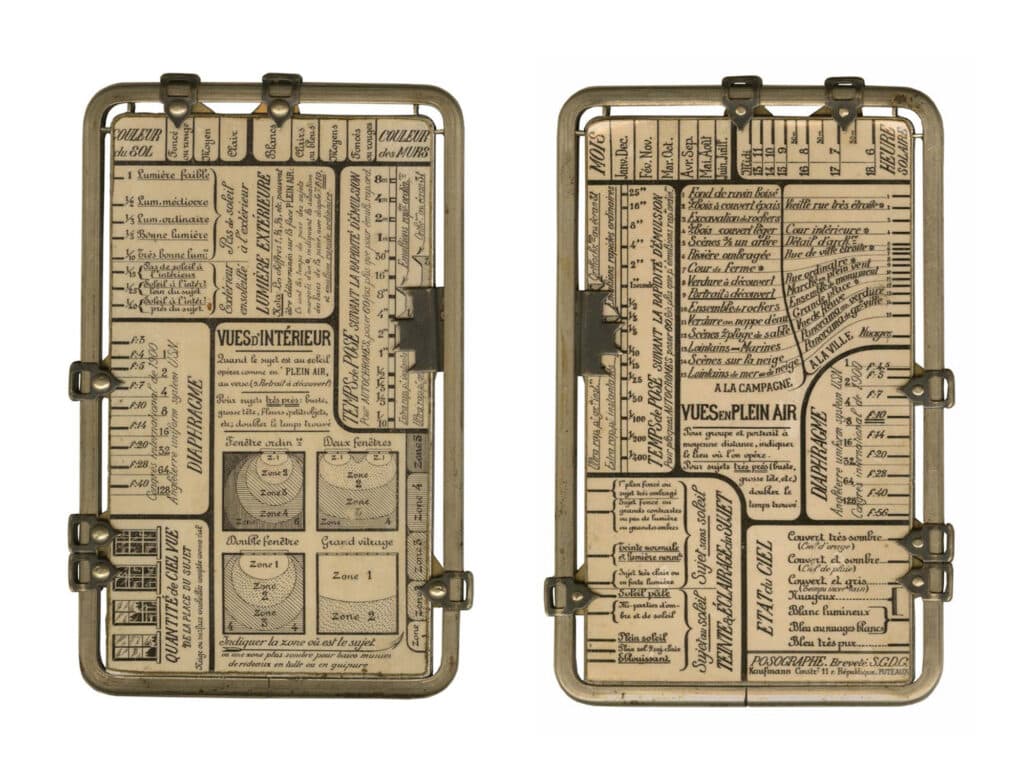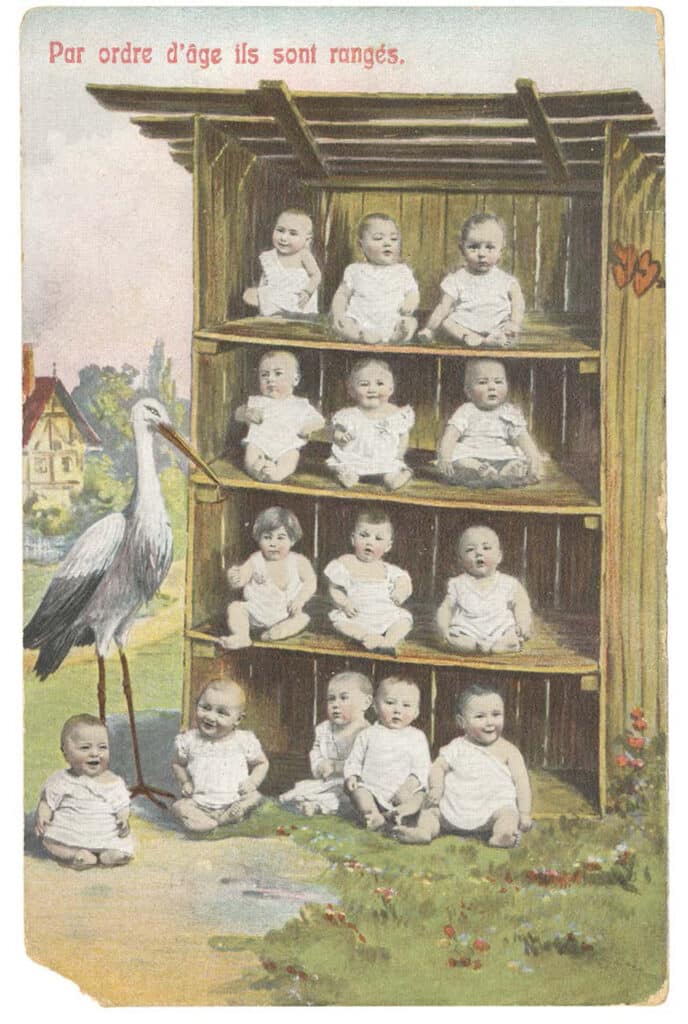1,278,471,109,285*. An austere number, if anything! That is not a mysterious geographical coordinate. Nor Amazon’s new stock market value. These almost illegible numbers, displayed at the entrance of Nicéphore Niépce museum, are much more relative to our daily lives. It is a real-time estimate of the images taken worldwide since the first photograph, “View from the window at Le Gras” (1927).
The said photograph, an unprecedented representation of our surroundings, came to life in Burgundy, in Saint-Loup de Varennes, to be exact. That is where Nicéphore Niépce, the famous inventor, revolutionized technique and art from his bedroom window. Niépce is indeed the attested father of the image-capturing process that, at the time, was not yet called photography but heliography.
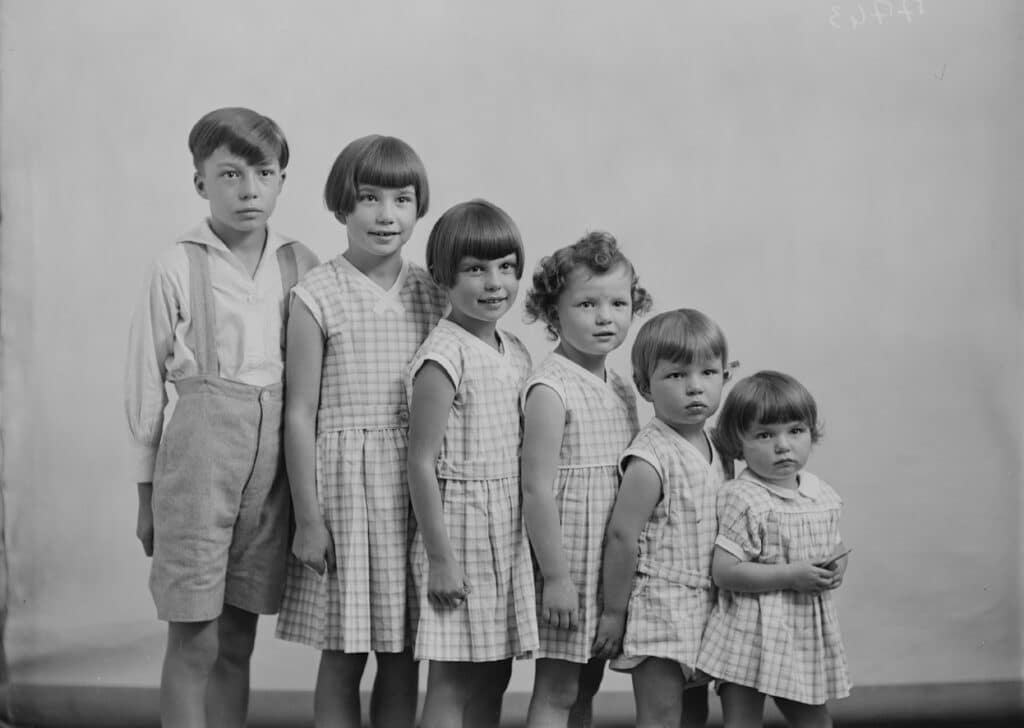
The town of Chalon-sur-Saône is, therefore, a treasure for anyone interested in photography. The Nicéphore Niépce museum, an institution dedicated to the 8th art, which celebrates its 50th anniversary this year, lies in the former Hôtel des Messageries Royales in the commune of Saône-et-Loire.
More Than 4 Million Images, 8,000 Devices, 30,000 Books
In 1939, upon the proposal of the academician of sciences, François Arago, the accomplice of Louis Daguerre in a complex form of spoliation, the mechanism mentioned above definitively became “photography.” It is through these historical facts that we understand the importance of Nicéphore Niépce (1765-1833) for the region. His legacy is immense, and he deserves a special place. But it took nearly 150 years for an institution dedicated to his memory and for his findings to see the light of day.
The Nicéphore Niépce museum was created in 1972 (opened only in 1974). Its objective, from the outset, was to collect “photography”: historical and artistic works, studio or press agency collections, amateur or family photos, cameras of all kinds, daily objects… From early attempts to proliferate digital images and from the first camera to the latest smartphones, it covers various practices and distribution methods (slides, magazines, postcards, etc.) Over time, the collections were enriched by many acquisitions and donations.
The museum is therefore celebrating its 50th anniversary this year, offering the viewer a panorama of its treasures. How do you show a glimpse of an abundance of more than 4 million images and 8,000 cameras of all generations, and nearly 30,000 books and specialized journals?
Emmanuelle Vieillart, the head of communications, Émilie Bernard, the librarian, and Sylvain Besson, the inventory manager, were entrusted with the task. They had to make a choice. To reflect the museum’s photographic heritage, the three curators envisioned an exhibition in two parts under one title, “Thinking/Classifying, a tribute to Georges Perec” (the second part scheduled until January 22, 2023). This anniversary became quite a success thanks to a surprise in the form of a book: The history of photography through the collections of the Nicéphore Niépce museum, published by Textuel editions.
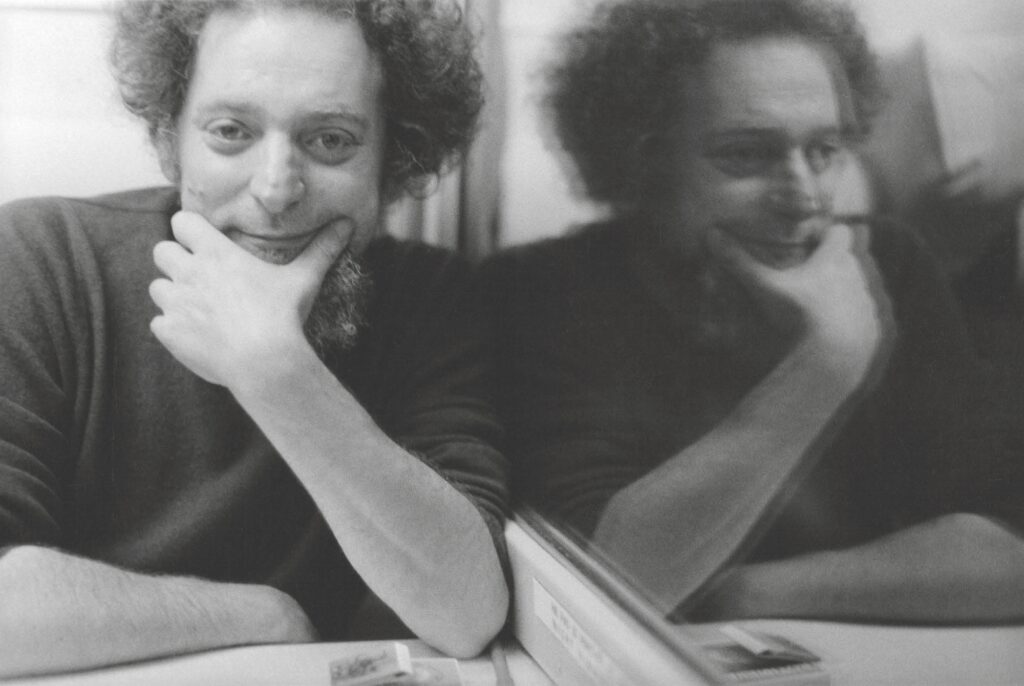
Why Georges Perec? What does the author of Life: A User’s Manual and A Void have to do with it? “His eponymous essay was what inspired Thinking/Classifying. We wanted to highlight the diversity of our collections. We are obsessed with categorizing, describing, and making lists and inventories. In his text, the writer mocks this anthropological habit of classifying the world’s constituent elements to understand them better. That is both the role of a museum and part of photography since its origins.” explains Émilie Bernard. A successful bet for the organizers of Thinking/Classifying which lets us discover the abundant wonders of the Niépce museum without drowning the spectator in the wealth of formats and mediums.
An Unrecognized Museum
However, we must admit, despite its 30,000 visitors a year, the Niépce Museum is little known. That is, even among the local population. All it takes is asking the Chalonnais people to be convinced. While most of those we interviewed are aware of its existence and location, the majority have unfortunately never been there.
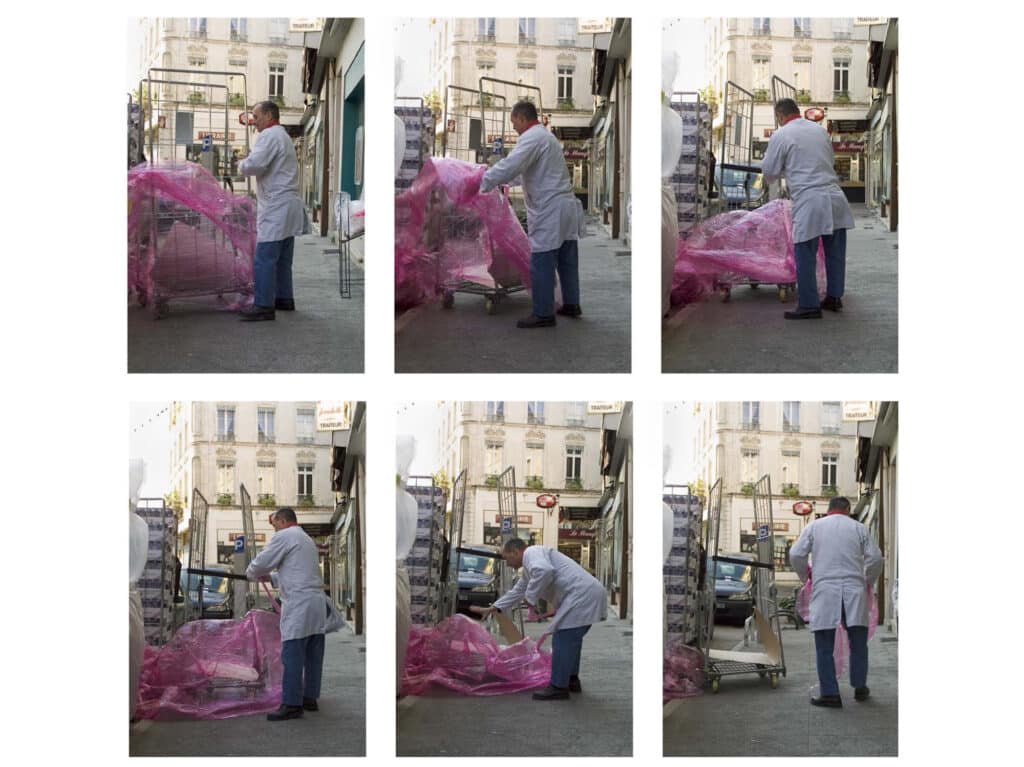
Efforts to bring its collection to life, expand and put it on display are well underway. Collaborations, exhibitions outside the museum’s walls, publications, and even an in-house laboratory allows photographers to develop their work which will then feed the inventory. Perhaps the solution lies elsewhere, in offices far from Chalon-sur-Saône. “We do not have the status of a national museum,” explains Emmanuelle Vieillard. “We are, therefore, only supported by the municipality. Besides, we have no strong events like Arles or Sète that would offer new grants or create an atmosphere broader than the simple local one.”
That turning point should have happened when François Cheval was director. From 1996 to 2016, he multiplied the museum’s actions to help it grow on a national dimension or more. Complimenting the work of his predecessor, Paul Jay, and his teams, François Cheval returned to the museum’s founding context.
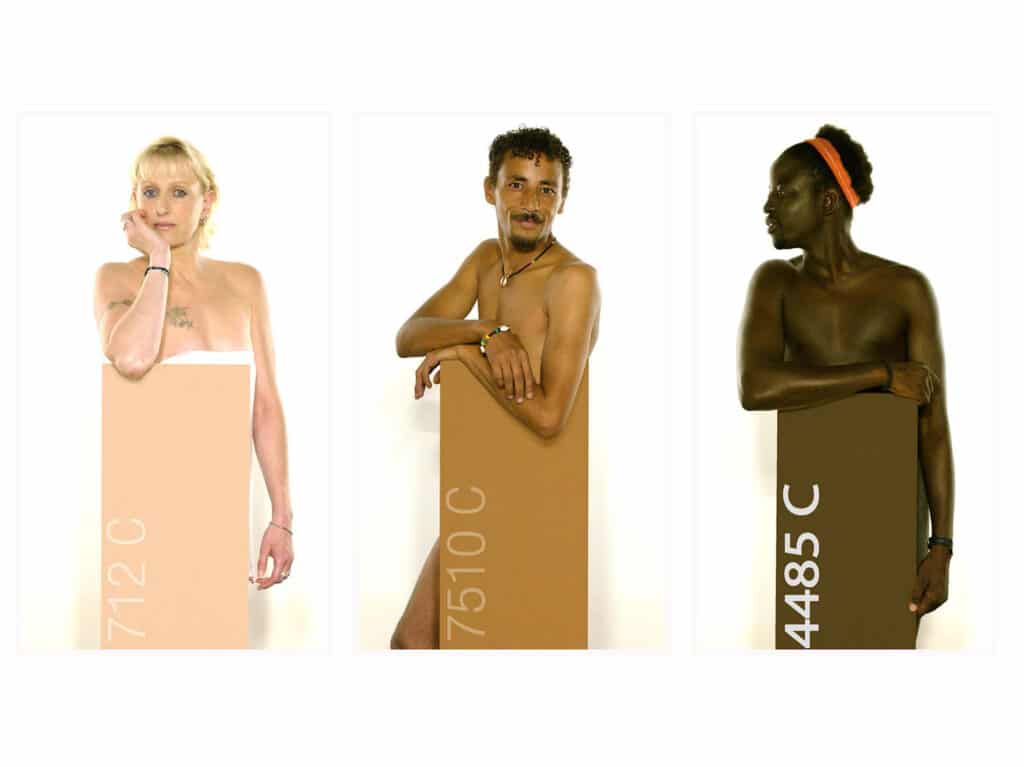
“In the 1970s, only a handful of people thought it was important to safeguard photographic productions. Paul Jay was one of them. He gave me access to a rather phenomenal collection (of which the first heliography is unfortunately absent, for it is preserved in Austin, Texas. Editor’s note*). He was instantly interested in abandoned sections of the 8th art: still photography, photojournalism, documentaries… They did what festivals like Arles did not do at the time; claiming photography by authors seeking recognition from the artistic community.”
After taking office and as digital photography gradually replaced film, François Cheval diversified his exhibitions. He exhibited, among others, the works of Antoine D’Agata, Malick Sidibé and Patrick Tosani in the Niépce museum. He also paid particular attention to photographic reviews and amateur practices that he believed should be included in collections, which was quite rare.
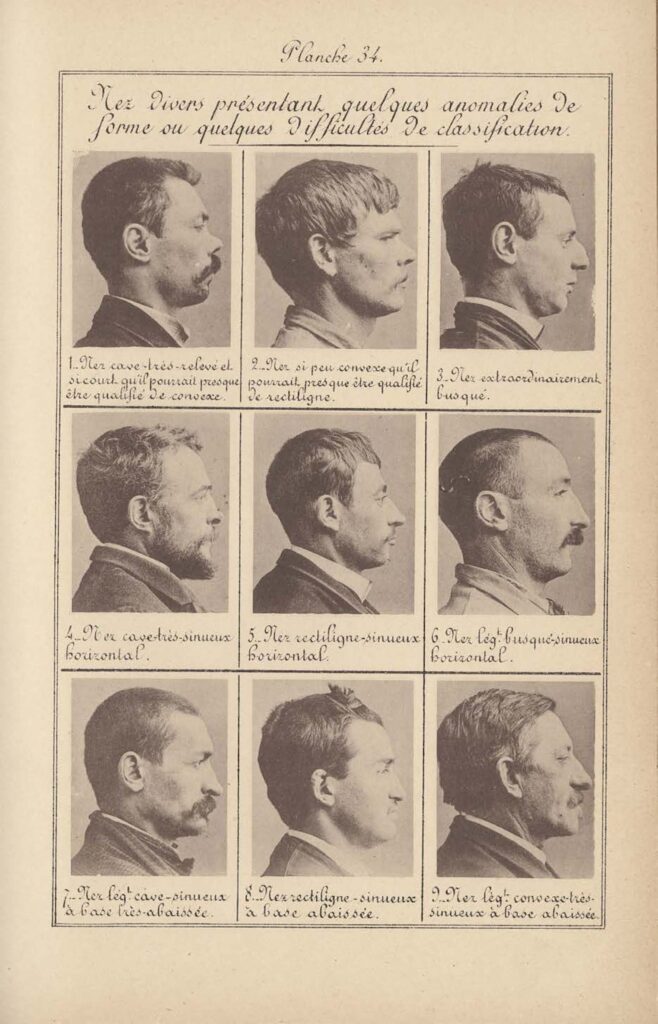
“I remember people from the Ministry of Culture sent letters to the mayor of Chalon-sur-Saône expressing their surprise at this mediocre acquisition policy for amateur photography. I still hold such fond memories of those acquisitions. They are some of the jewels of the Niépce museum.” For a structure to confront the cultural policy of its decision-makers is nothing exceptional. But in this case, different perspectives seem to have harmed the Chalonnaise institution.
What Does the Future Hold For the Nicéphore Niép Museum?
From the beginning, François Cheval understood that in order to gain an international reputation, the museum’s location had to change. “We realized that the building was no longer up to standard. Backed by the municipality, we first considered extending the premises but finally decided on a whole new identity.”
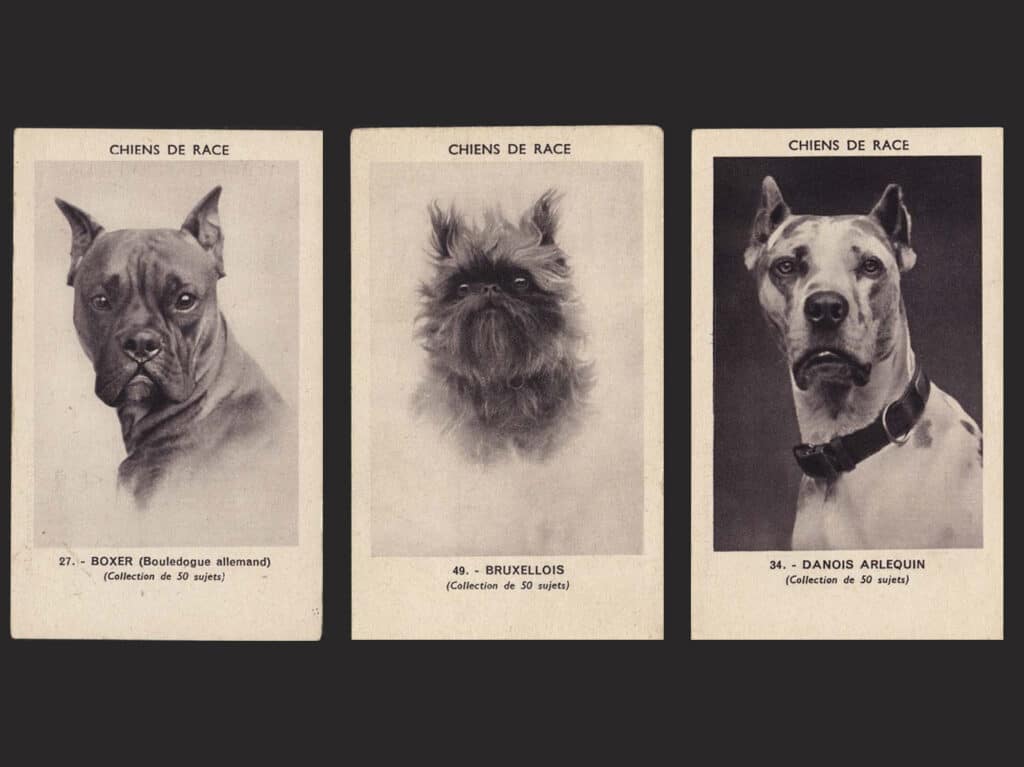
Unfortunately, the new mayor did not embrace the ambitious project. “He believed what we had in mind was out of proportion and far too expensive for the city’s means. He wasn’t fundamentally wrong, so I thought the museum should change its status. The institution went far beyond the framework of municipal budget and management. We still face that problem.” The State’s financial disengagement, the lack of autonomy of teams that would have had a better perspective for development, and the current elected officials’ lack of vision were enough for François Cheval to speed up his departure.
What does the future hold for the Nicéphore Niépce museum? Difficult to say, as culture no longer seems to be at the core of the public authorities’ concerns. Some suggest refocusing on Nicéphore Niépce, the local glory. An obvious mistake. After months without a leader, it will be up to its new director, Brigitte Maurice-Chabard, to decide or at least try.
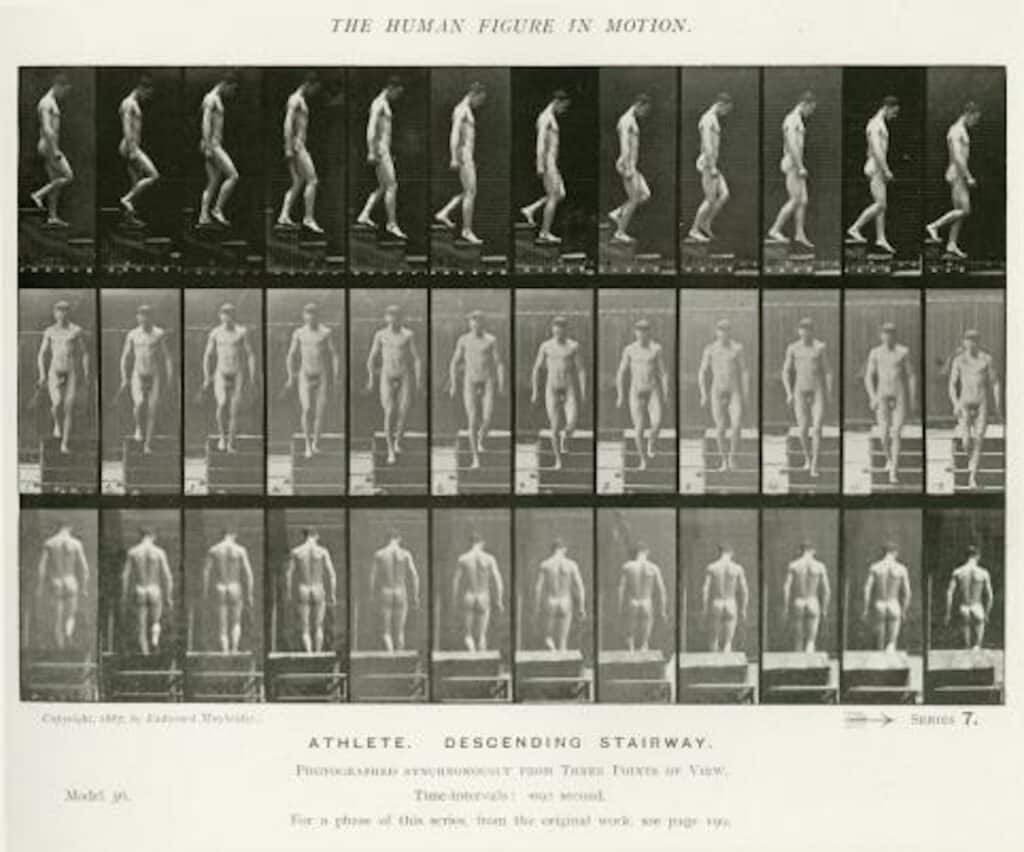
In the meantime, the current exhibition celebrating the museum’s half-century is a success. It allows us to grasp the challenges of past decades and foresee possibilities, provided that the museum’s management is given the means to achieve its goals.
François Cheval wants to continue believing in it, but it will be at the cost of questioning the museum’s teams and the authorities. Photography does not cease to develop and feed people’s imaginations. Note that since you started reading this article, about 18,102,408** new photos were taken.
*Approximate numbers released by the Nicéphore Niépce museum on 10/19/22 at 2:41 p.m. GMT
**Approximate numbers published by the Nicéphore Niépce museum based on 50,284 images taken per second worldwide.
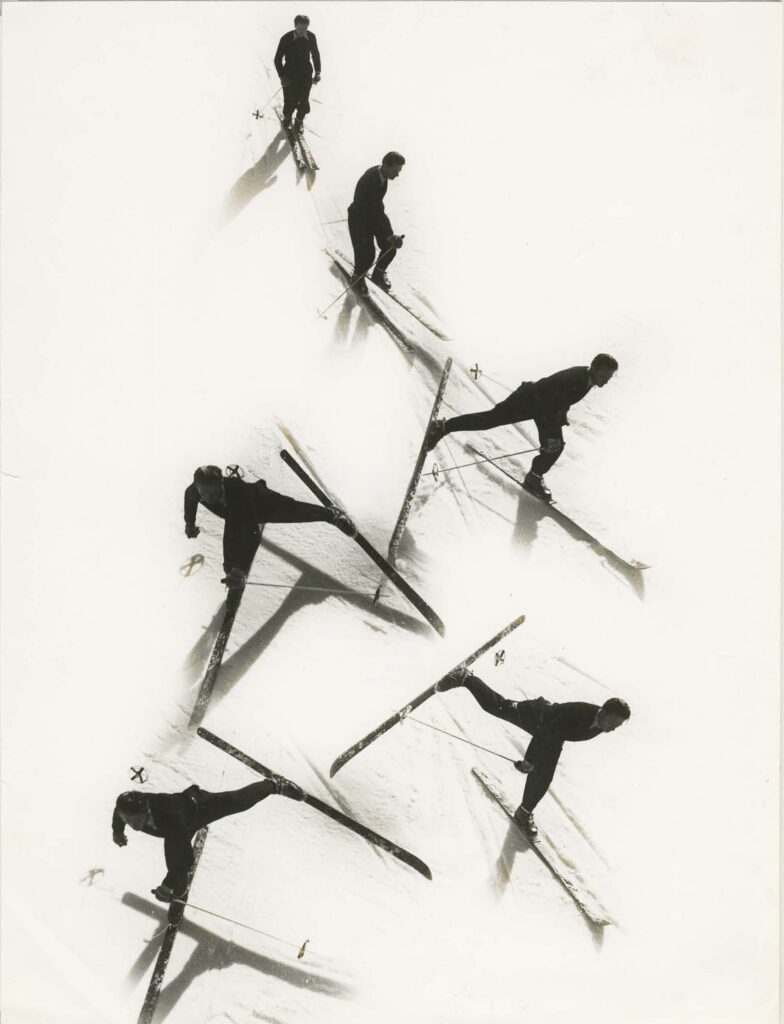

![Multiphoto [multiple exposure camera], 1924. © It's the age of the reckoning, the Niépce Museum is 50 years old](https://www.blind-magazine.com/wp-content/uploads/2022/11/musee-niepce-50ans-en11-1024x740.jpg)
